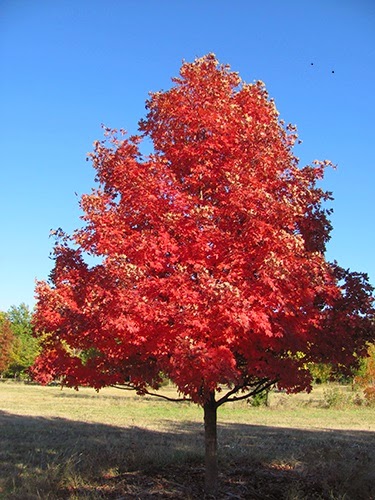How has the warm temperatures affected the wheat?
Sandra L. Wick, Agriculture Natural Resources Agent
Temperatures have been unusually warm throughout Kansas in late January and into February. This raises some questions about how wheat could be affected. Can warm temperatures at this time of year cause wheat to break dormancy and become more susceptible to cold temperatures that may come over the following days? At what temperatures do we start worrying about wheat breaking dormancy and being at risk of cold injury later?
To the first question, the answer is yes. According to Dr. Jim Shroyer, K-State Research and Extension Crop Production specialist emeritus, “Very warm temperatures can cause wheat to break dormancy at this time of year.” As to the second question, there are no hard and fast numbers to go by. “When day time highs get into the 50’s or warmer and lows are above freezing, most wheat varieties will green up and lose some of their winterhardiness,” says Shroyer. When this occurs, wheat can regain some level of winterhardiness if temperatures gradually get colder again.
The best case scenario is if there is just one or two days of unusually warm temperatures, then a gradual drop of 10-20 degrees over the following week. Most wheat varieties grown in Kansas can easily survive these conditions.
The worst case scenario is if daytime temperatures are very warm and nighttime temperatures remain above freezing for several days during the winter, then temperatures plunge into the low teens or below in just one day, as they did in late January of 1989. Some varieties may break dormancy under these conditions, and then be unable to withstand a sudden return to bitterly cold temperatures.
“Each time the wheat breaks dormancy in the winter, it loses a little of its winterhardiness once temperatures get cold again and the wheat re-hardens,” added Shroyer. Hardiness usually is greatest during early winter and is lost gradually as the season progresses. The more often these warm spells occur, the longer they last, and the more often wheat breaks dormancy, the less winterhardiness the wheat will have.
Winterhardiness levels start to decline later in the winter due to warm spells or just warmer temperatures. So as stated earlier, most winterkilling occurs during late winter, when warm spells cause the plants to loose hardiness and then are followed by cold fronts that cause the damage. There may be some winterkill already this winter in areas that have been dry, with little or no snow cover. Snow provides excellent protection because it insulates the plants from extreme cold and keeps them from responding to warm spells. Having the wheat green up and lose some of its winterhardiness could certainly contribute to some winter injury.
Still, the biggest risk will be where temperatures go suddenly from extremely warm to extremely cold, the soils are dry and with little or no protective cover, soils are fluffy, and the wheat is weakened by drought, insect damage, or diseases.
Just remember, the critical plant part is the growing point, which is protected partially by being about 1 inch below the soil surface during winter. The entire plant is killed by injury to the growing point, which turns from a white, turgid appearance to a brown, wilted appearance after it is frozen. Leaves often stay green during mild winters, but freezing or “burning” of leaves by cold has little effect on the yield.
For more information on winter hardiness or winter injury potential in wheat contact me at 785-282-6823 or swick@ksu.edu or visit the Post Rock Extension District website (www.postrock.ksu.edu) or contact your local Post Rock Extension District Offices in Beloit, Lincoln, Mankato, Osborne or Smith Center.








